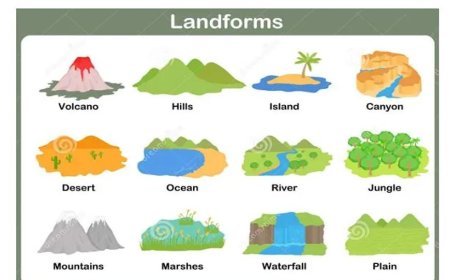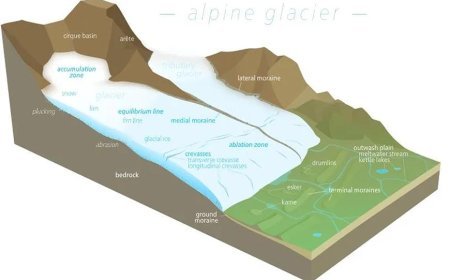SPELEOLOGY
Speleology delves into caves, revealing geological secrets of their formation.

Speleology
- Speleology is the scientific study of how karsts and caves were formed, how they are structured, how they interact with living things, and their past.
- The latter is exploring rocks and caves for fun or as a sport, while the former is not the same thing.
- Speleology and spelunking, which is another word for caving, are often linked, though, since caves need to be visited before they can be studied.
- Speleogenesis is the process by which caves formed and grew into what they are today.
- To understand how speleogenesis works, speleology looks at a lot of different fields, like biology, chemistry, physics, geography, and weather.
- Investigating caves and karsts means going into the caves and gathering samples to study the different parts of the caves and karsts.
History of Speleology
- Caves and karsts have been around since prehistoric times, but not much was known about them other than where they were and what they were possibly used for.
- In the late 1700s, John Beaumont wrote about a number of caves in Somerset, England.
- This was before modern speleology became popular. Before the middle of the 19th century, caves were thought to have no scientific value unless they helped other fields of study.
- Because of this, caves were studied as part of other fields like geology and geography.
- Edouard Alfred Martel is known as the "father of modern speleology" because he was the first person to explore caves in a modern way. Through his many cave travels, he made speleology a separate field of study for the first time in France.
- In 1895, he started the "French Federation of Speleology."
- The club, which is also called the Societe de Speleologie in French, was the first group whose only goal was to study caves.
Branches of Speleology
- Like most science fields, speleology has different groups that study different parts of caves and karsts.
- The International Union of Speleology says that biology, speleology, physical speleology, and speleo-anthropology are the three major areas of speleology.
- Biospeleology is the study of caves and karst ecosystems, including their flora and fauna, how they have changed over time, and how these changes affect how caves form and how they are structured.
- The field of physical speleology looks at the structure and features of caves, such as their drainage, geography, and geology.
- Speleo-anthropology, on the other hand, investigates the past of caves and how people have used them throughout history.
- To study the pathways, ruins, canals, and drains below, speleologists and archaeologists work together.
IMAGE SOURCE (THUMBNAIL) -C. CORONGIU
What's Your Reaction?



































